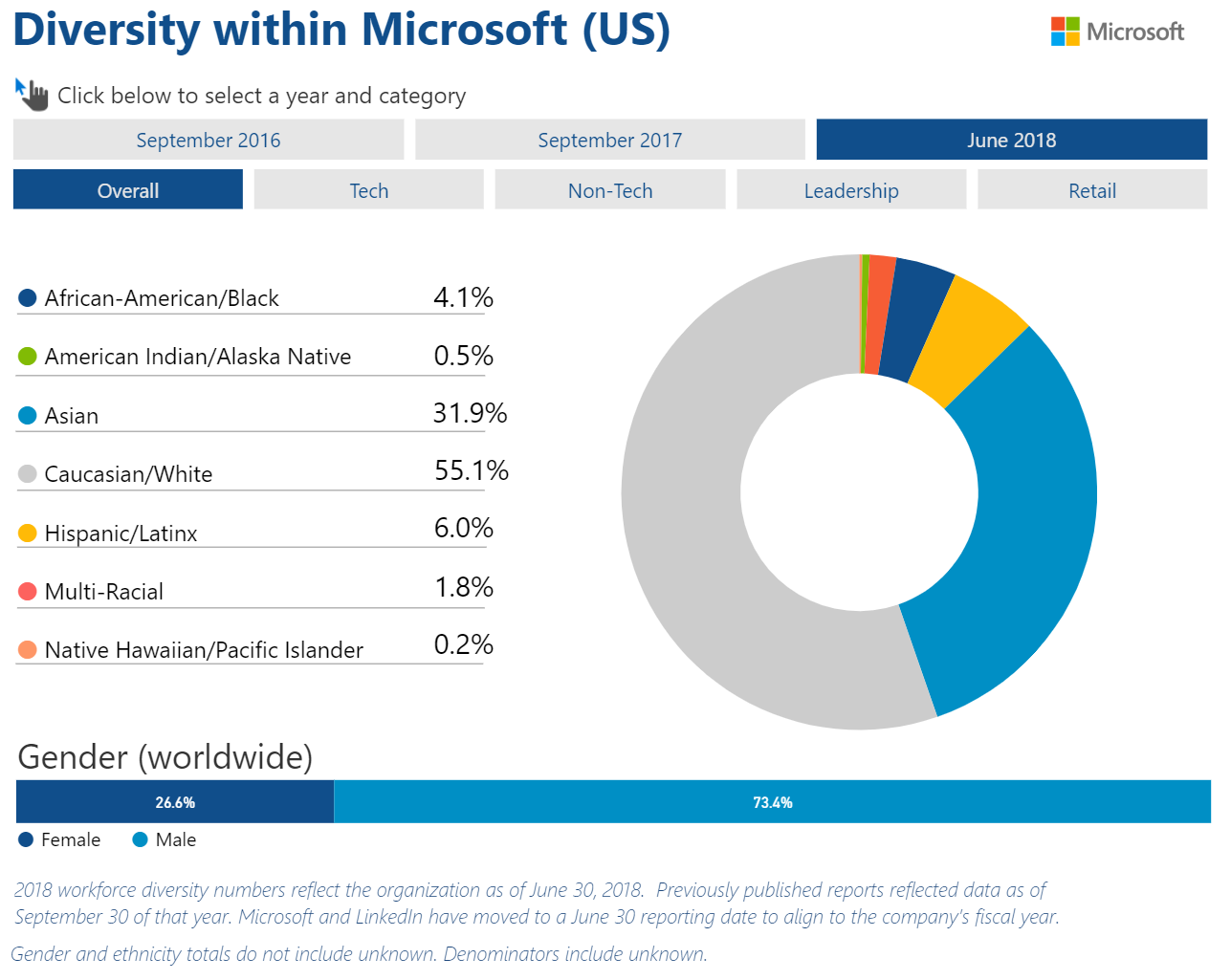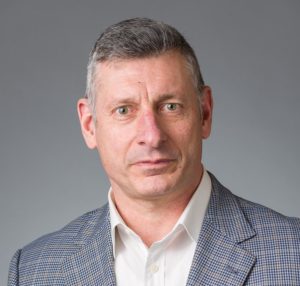Last week, I was fortunate to attend Microsoft Inspire, the company's flagship event where partners and employees from around the world spend a week together to expand their knowledge of Microsoft's products, to accelerate the success and digital transformation of their customers. If you were going to the event, you'd expect to see a lot about technology, right?
We did. Microsoft is making some very cool things possible through cloud computing, artificial intelligence and productivity and collaboration Tools. But technology wasn't the only major topic during the 5-day event. In fact, it was frequently upstaged by another topic: Inclusion.
What is Inclusion?
For starters, inclusion isn't the same as diversity. It's closely related, but it's a completely different concept. SHRM defines Inclusion as “the achievement of a work environment in which all individuals are treated fairly and respectfully, have equal access to opportunities and resources, and can contribute fully to the organization's success."
To paraphrase: Diversity is being invited to the party. Inclusion is being asked to dance."
Why does Inclusion matter?
Well, for starters, it's the right thing to do, isn't it? It's an adult version of a precept we were taught in kindergarten: Invite other kids to play in your game, and when they do, play fair.
But when kids become adults, sometimes spending money on doing what's right requires a business case with a positive ROI. The business case is solid, according to this blog post leading up to the Inspire event:
"Recent data show that companies that are strategic and intentional about inclusion perform better than homogeneous companies – for example, 35% of diverse companies outperform homogeneous ones, and HBR reports that diverse companies are 70% more likely to report that the firm captured a new market. Additionally, employees want to work in diverse, inclusive environments where inclusivity is a company priority."
- 35% of more diverse companies outperform companies that are less diverse.
- Diverse and inclusive companies are 70% more likely to capture a new market.
- Companies that emphasize diversity and inclusion are more attractive to candidates.
What can you do about it?
Picasso once said, "Good artists copy. Great artists steal." I'm no advocate of thievery, especially when writing about a just and honorable concept like inclusion. But copying the practices of a successful predecessor isn't a bad idea. So, here's what Microsoft has done to actualize Inclusion:
- Implement concrete initiatives that foster Inclusion – Microsoft created 48 specific networks and groups that provide career development and networking opportunities, community engagement and awareness.
- Actively measure and manage progress – Microsoft tracks a series of Key Performance Indicators that demonstrate status and progress within diversity and inclusion. Here's the Diversity and Inclusion Annual Report for 2018.
- Be Accountable – Create a position, or Identify an individual who'll be accountable for delivering the results. And going public with your goals reinforces the commitment, and increases the accountability.
- Leverage the business value of diversity & inclusion – Microsoft has created “Inclusive Design” that draws on the full range of human diversity to learning from people with a range of perspectives.

Parting thoughts
The exhibit hall at Inspire was immense. One particular exhibit had walls around it to create a quieter atmosphere. The people inside were silent. Videos were playing on the dark blue walls.
In each video, an employee from traditionally under-served or under-represented group told their personal story of inclusion. They described a single moment when a coworker said something or did something, that immediately and permanently erased their personal fear or anxiety, causing them to be comfortable at work.
As I was leaving on the final afternoon, I stopped into this exhibit to read a few of the quotes on the wall. Each quote was inspiring, if not emotional. And they had nothing to do with technology, and everything to do with humanity.
When the sun sets, that's really what it's about, isn't it?

 Microsoft Teams
Microsoft Teams
 Workday
Workday
